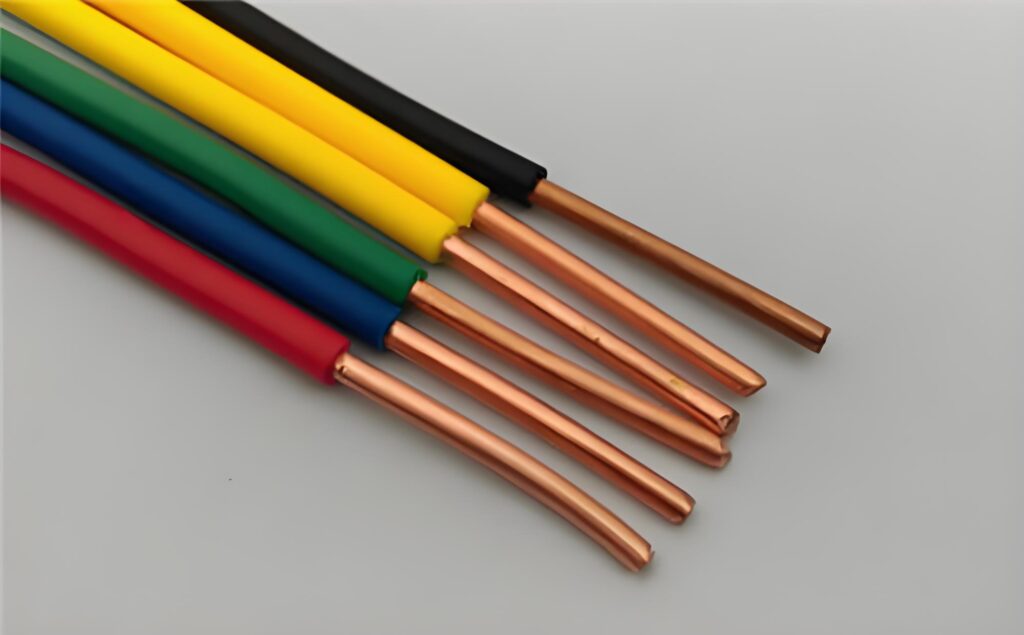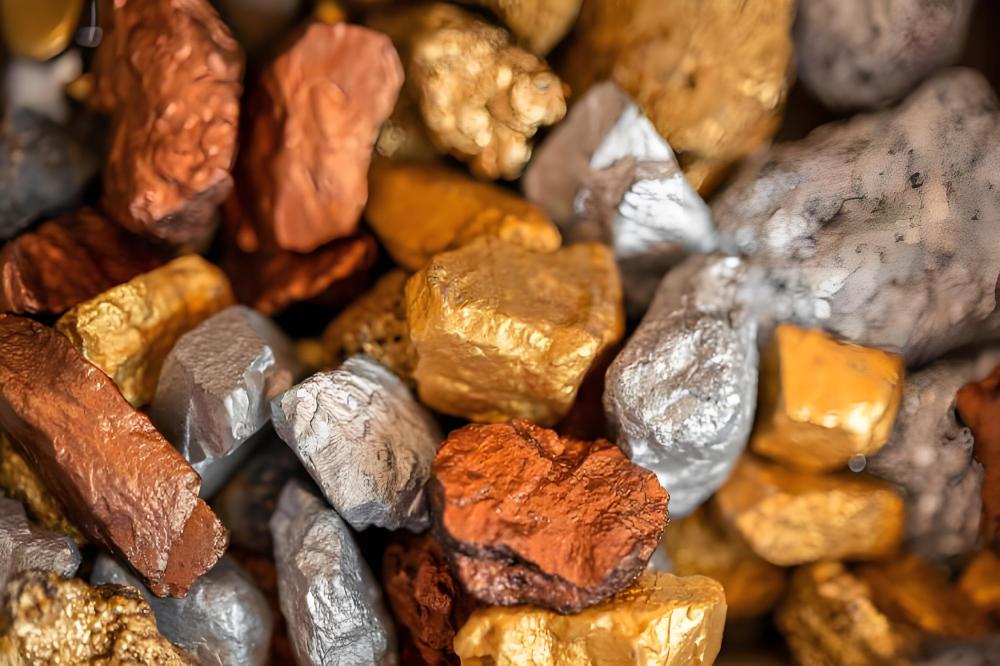Copper is one of the most fascinating and versatile metals known to humanity. Its rich history, unique properties, and wide-ranging applications make it a cornerstone of modern industry and technology. From ancient civilizations to cutting-edge innovations, copper has played a pivotal role in shaping the world. This blog explores the many facets of copper, delving into its composition, properties, types, uses, and more, offering a comprehensive look at why this metal remains indispensable.
What Is Copper?
Copper is a naturally occurring metal, known for its reddish-brown hue and remarkable versatility. Found in the Earth’s crust, it is one of the few metals that can be used in its pure form, though it is often alloyed with other elements to enhance its properties. With the chemical symbol Cu and atomic number 29, copper is a ductile, malleable metal that has been utilized for thousands of years, dating back to ancient tools and artifacts.
Copper’s significance lies in its ability to conduct electricity and heat efficiently, making it a vital material in industries ranging from electronics to construction. Its natural abundance and recyclability further contribute to its widespread use. Whether in electrical wiring, plumbing, or decorative arts, copper’s unique characteristics make it a material of choice for countless applications.
Different Types of Copper
Copper comes in various forms, each suited to specific applications based on its purity, processing, or alloy composition. Below are the main types of copper used in industry today.
Pure Copper
Pure copper, often referred to as commercial pure copper, contains at least 99.3% copper with minimal impurities. It is prized for its high electrical and thermal conductivity, making it ideal for electrical wiring, busbars, and heat exchangers. Its softness, however, limits its use in applications requiring high strength.
Electrolytic Copper
Electrolytic copper, also known as electrolytic tough pitch (ETP) copper, is refined through electrolysis to achieve purity levels of 99.9% or higher. This type of copper is widely used in electrical applications due to its excellent conductivity and low impurity content. It is the standard material for power cables, transformers, and circuit boards.
Oxygen-Free Copper
Oxygen-free copper (OFC) is produced in a controlled environment to eliminate oxygen and other gases, resulting in a purity of 99.99% or higher. This type of copper is used in high-performance applications, such as audio cables and vacuum tubes, where even trace impurities could degrade performance. Its high cost makes it a niche material, but its unparalleled conductivity is unmatched.
Copper Alloys
Copper alloys combine copper with other metals to enhance specific properties. Common alloys include:
- Brass: A copper-zinc alloy known for its bright gold-like appearance and corrosion resistance. It is used in fittings, musical instruments, and decorative items.
- Bronze: A copper-tin alloy valued for its strength and resistance to corrosion, especially in marine environments. It is used in bearings, sculptures, and ship propellers.
- Cupro-nickel: A copper-nickel alloy used in coins, marine hardware, and heat exchangers due to its excellent corrosion resistance.
- Beryllium Copper: A high-strength alloy used in tools and aerospace components for its durability and non-sparking properties.
Each type of copper serves a unique purpose, allowing industries to select the best material for their needs.
What Is Copper Used For?
Copper’s versatility shines in its wide range of applications. From everyday items to cutting-edge technology, copper is everywhere.

Electrical and Electronics
Copper’s exceptional conductivity makes it the backbone of electrical systems. It’s used in:
- Wiring and Cables: Copper wires power homes, offices, and industries.
- Circuit Boards: Copper traces connect components in smartphones, computers, and more.
- Motors and Transformers: Copper windings ensure efficient energy transfer.
In machining, copper is crafted into precise connectors and terminals for reliable performance.
Construction and Architecture
Copper’s durability and aesthetic appeal make it a favorite in construction:
- Roofing and Cladding: Copper roofs develop a distinctive patina, adding character to buildings.
- Plumbing: Copper pipes are corrosion-resistant and long-lasting, ideal for water systems.
- Decorative Elements: Copper’s warm hue enhances architectural designs.
Industrial Applications
In the machining industry, copper is used to create components like:
- Heat Exchangers: Copper’s thermal conductivity makes it ideal for radiators and HVAC systems.
- Bearings and Bushings: Copper alloys provide low friction and durability.
- Precision Parts: Copper’s workability allows for intricate machining in aerospace and automotive sectors.
Renewable Energy
Copper plays a critical role in sustainable technologies:
- Solar Panels: Copper is used in photovoltaic cells for efficient energy conversion.
- Wind Turbines: Copper wiring and components ensure reliable power generation.
- Electric Vehicles: Copper is essential for batteries, motors, and charging systems.
Everyday Uses
From coins to cookware, copper is part of daily life. Its antimicrobial properties also make it valuable in medical settings, such as hospital surfaces and equipment.
Advantages and Disadvantages of Copper
Like any material, copper has its strengths and limitations. Understanding these helps industries make informed decisions.
Advantages
- High Conductivity: Copper’s ability to conduct electricity and heat is unmatched, making it essential for energy applications.
- Corrosion Resistance: Its durability in harsh environments ensures long-lasting performance.
- Recyclability: Copper is 100% recyclable without losing its properties, supporting sustainability.
- Workability: Its malleability and ductility make it easy to machine into complex shapes.
- Aesthetic Appeal: Copper’s unique color and patina add visual value to architectural and decorative applications.
Disadvantages
- Cost: Copper is more expensive than alternatives like aluminum, which can impact project budgets.
- Weight: Its density makes it heavier than some metals, limiting its use in weight-sensitive applications.
- Oxidation: While the patina protects copper, it can alter its appearance, which may not always be desirable.
- Softness: Pure copper’s softness can lead to wear in high-stress applications, requiring alloying for strength.
Despite these drawbacks, copper’s benefits often outweigh its limitations, especially in precision machining and high-performance industries.
Copper in the Machining Industry
In machining, copper’s workability and conductivity make it a preferred material for creating intricate components. Its ability to be milled, turned, or stamped into precise shapes ensures it meets the demands of industries like electronics, aerospace, and renewable energy. Machinists value copper for its consistency, allowing for tight tolerances and high-quality finishes.
Precionn’s Expertise in Copper Machining
Copper continues to be a cornerstone of modern engineering and design. From ancient tools to smart devices and sustainable energy solutions, its unmatched properties ensure it remains irreplaceable in many applications.
For businesses seeking high-quality copper components, Precionn offers precision machining services tailored to international standards. With state-of-the-art equipment and a commitment to excellence, Precionn ensures that every copper product meets exact specifications. Whether it’s for electronics, construction, or custom engineering projects, Precionn delivers durability, performance, and reliability in every order.
For more information about copper machining services, visit Precionn’s website or contact their expert team today.

